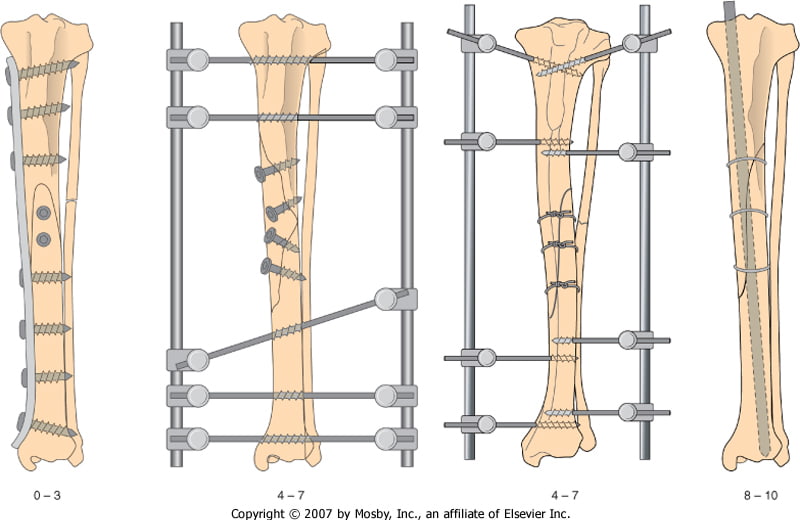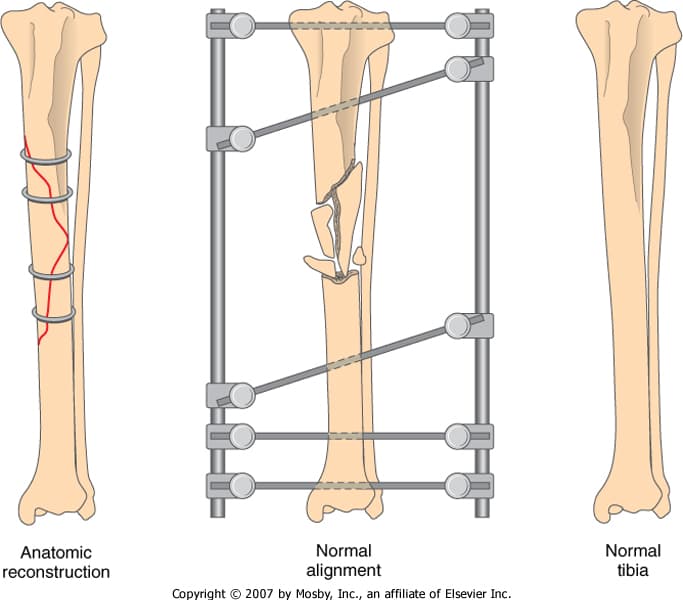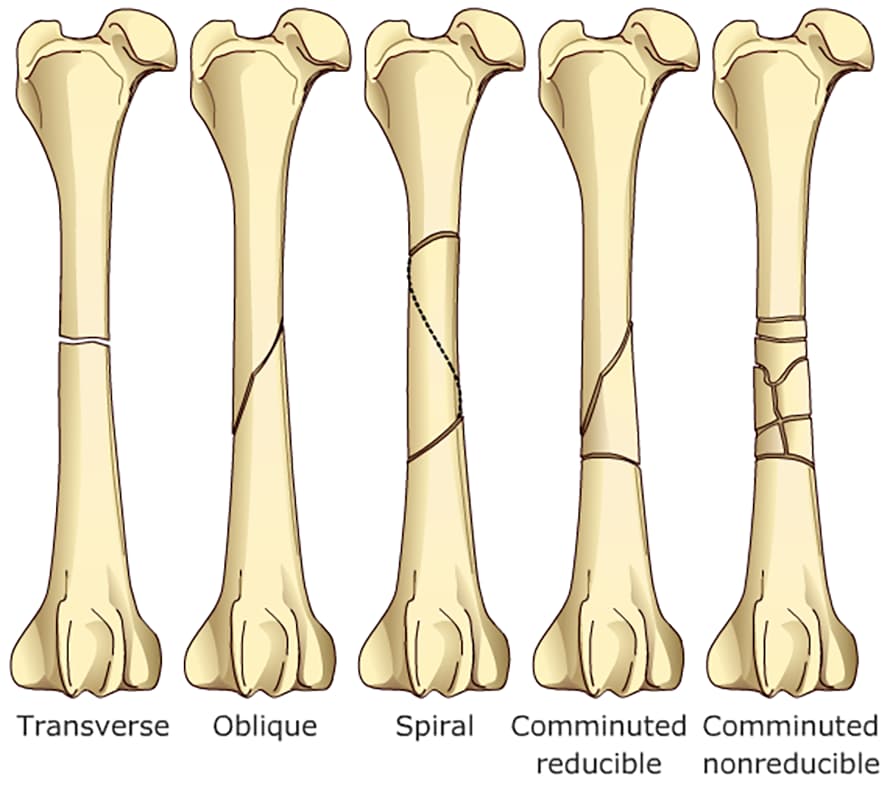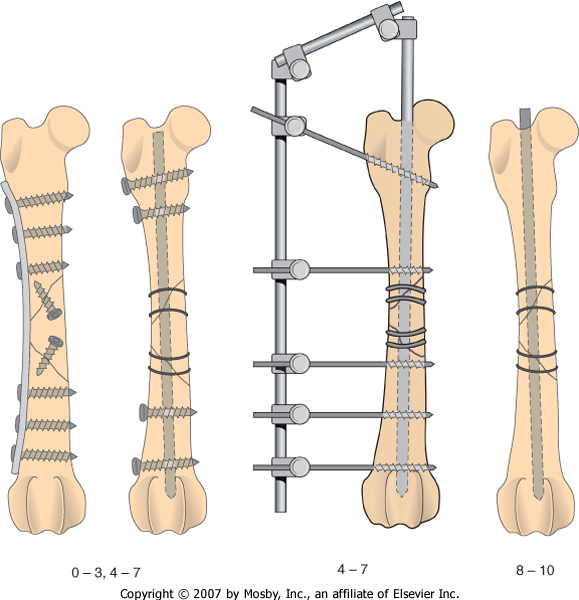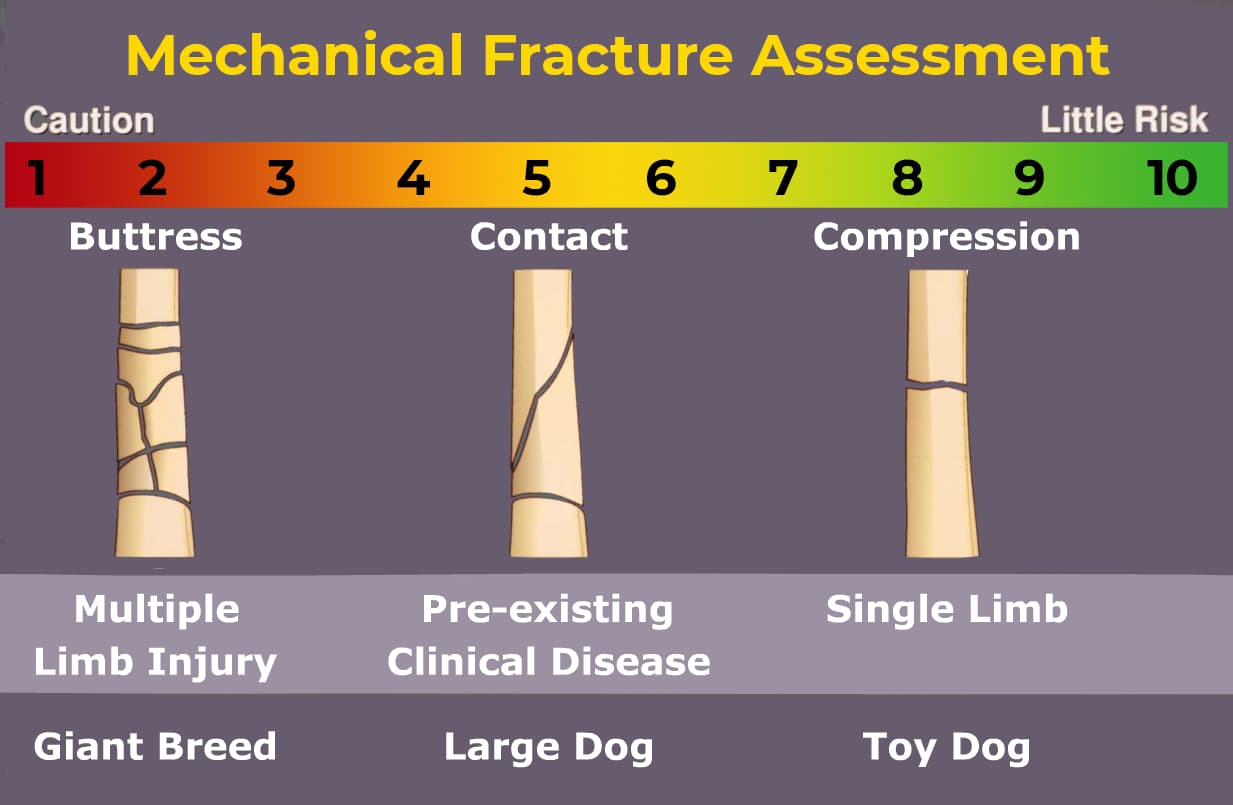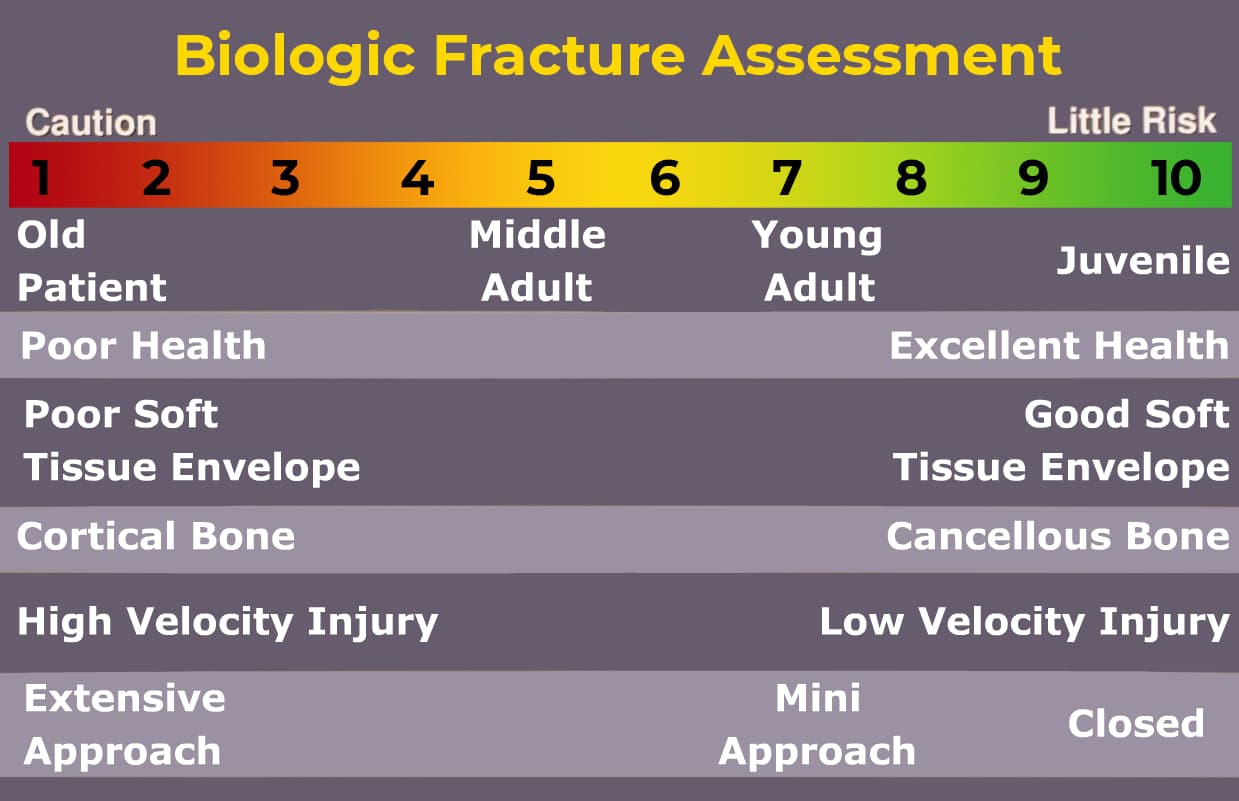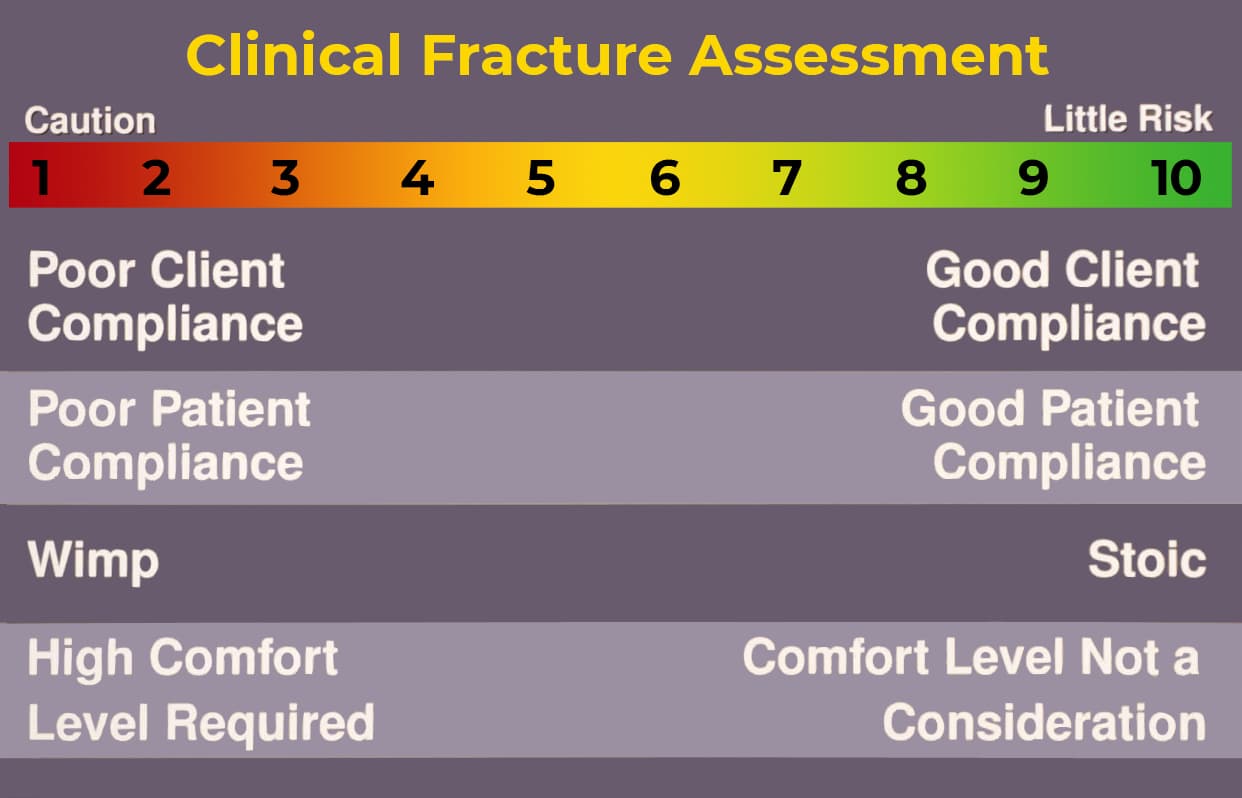ESSENTIAL TRAINING
Fracture Management
INTRODUCTION
All in one interactive Ortho online – a framework for delivering an excellent learning experience both remotely and onsite.
A students understanding of Orthopedics is directly related to their ability to visualize examination maneuvers, develop a differential diagnoses, plan fracture treatment understand the pros and cons of fracture reduction techniques, and apply the biology of disease processes and fracture healing to clinical cases
The scope of ortho online is to provide interactive tools with limited supporting text and images to be used with each instructors own lecture material to provide the ultimate asynchronous and synchronous experiences remotely and onsite for instructors and students. (and eventually for client education and explanation.)
All in one ortho online includes
- Orthopedic examination, localization of the problem, and differential diagnoses. The decision making is focused on identifying the problem.
- It also includes neurological examination and localization of diseases affecting the spine again focusing on identifying the problem.
- Finally it includes fracture management with the decision making focused on the treatment
We have upgraded and adapted this online tool to be used for teaching orthopedics to vet students both remotely and onsite in light of the restraints caused by the pandemic.
Our goals are to provide a better learning experience than that received prior to the pandemic. The all in one ortho online program is flexible enough to suit various teaching and learning styles both locally and across the country. It can be customized by teachers to reflect preferences in material and teaching style. Additionally images and videos maybe developed and downloaded for presentations.
The interactive instructional material available includes
- Orthopedic differential diagnosis developed during orthopedic examination with “limping Louis”
- Orthopedic maneuvers performed during physical examination to determine abnormality. ( ie drawer sign, ortoloni )
- Biology of selected orthopedic diseases (hip dysplasia, OCD)
- Identify spinal lesion location during neurological examination with “spinal Sally lesion locater (SSLL)
- Fracture treatment planning including the fracture treatment simulator and
- Fracture reduction techniques
- Biology of diaphyseal healing including direct: indirect: intramembranous bone healing
- Case management: design so teacher can easily plug in case: including animal picture; preop rads fx(s) ,chest, abdomen, miscellaneous; po and follow up rads
- Worksheet for learners

